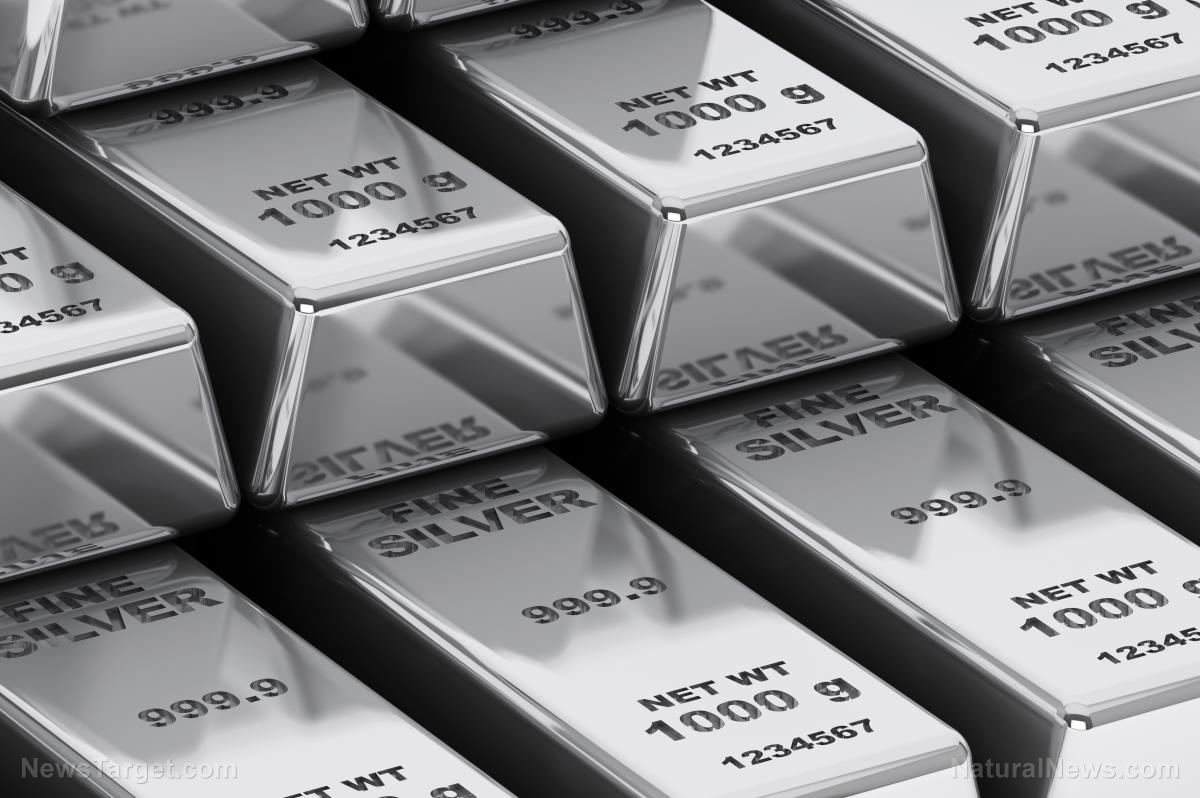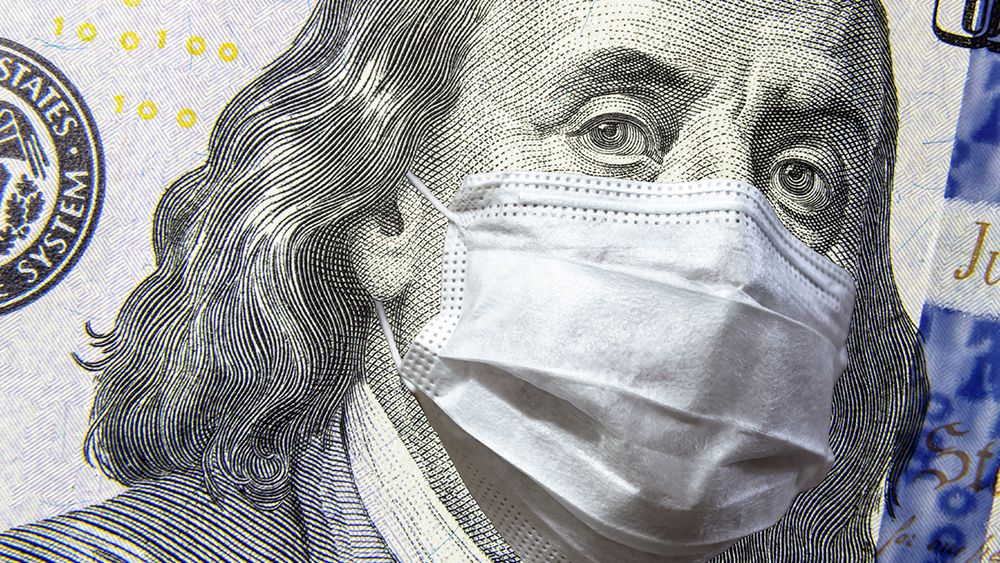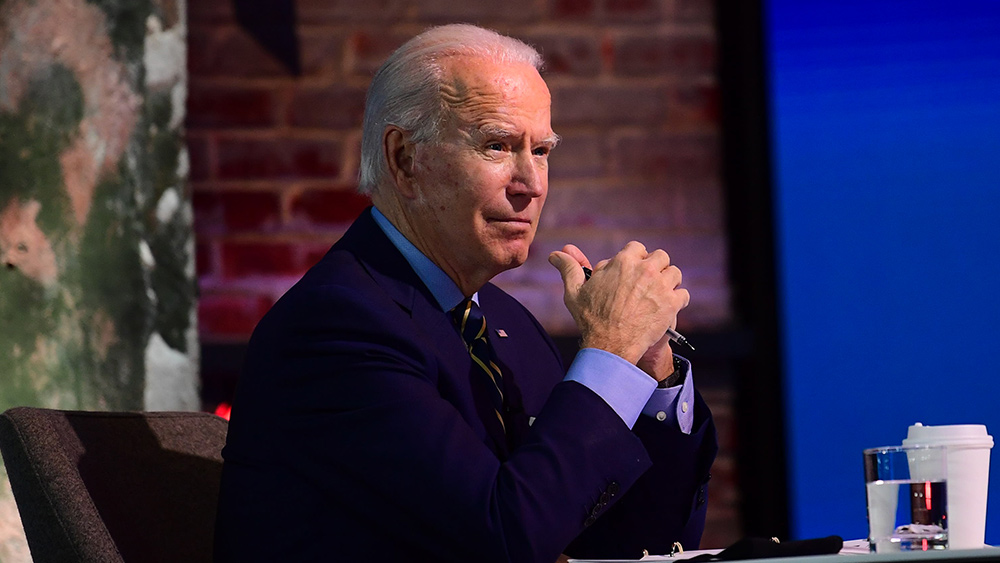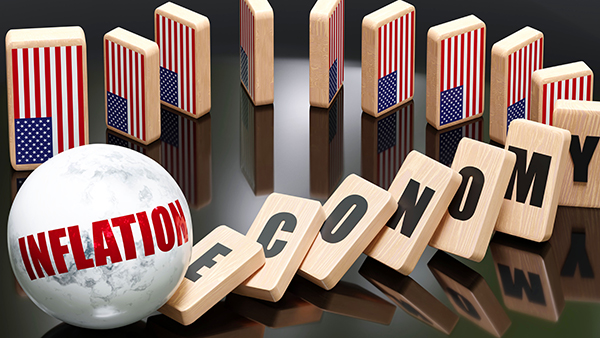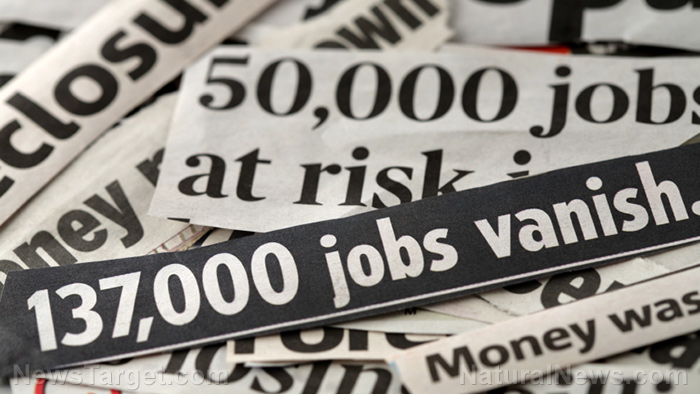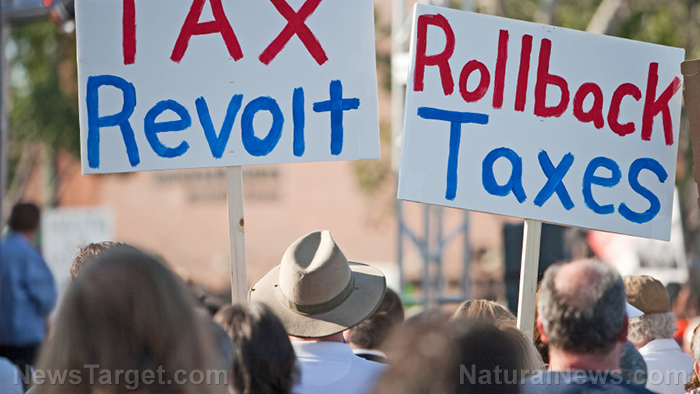Demand for gold surges to highest rate in over a decade as world’s central banks continue buying spree
02/01/2023 / By Arsenio Toledo
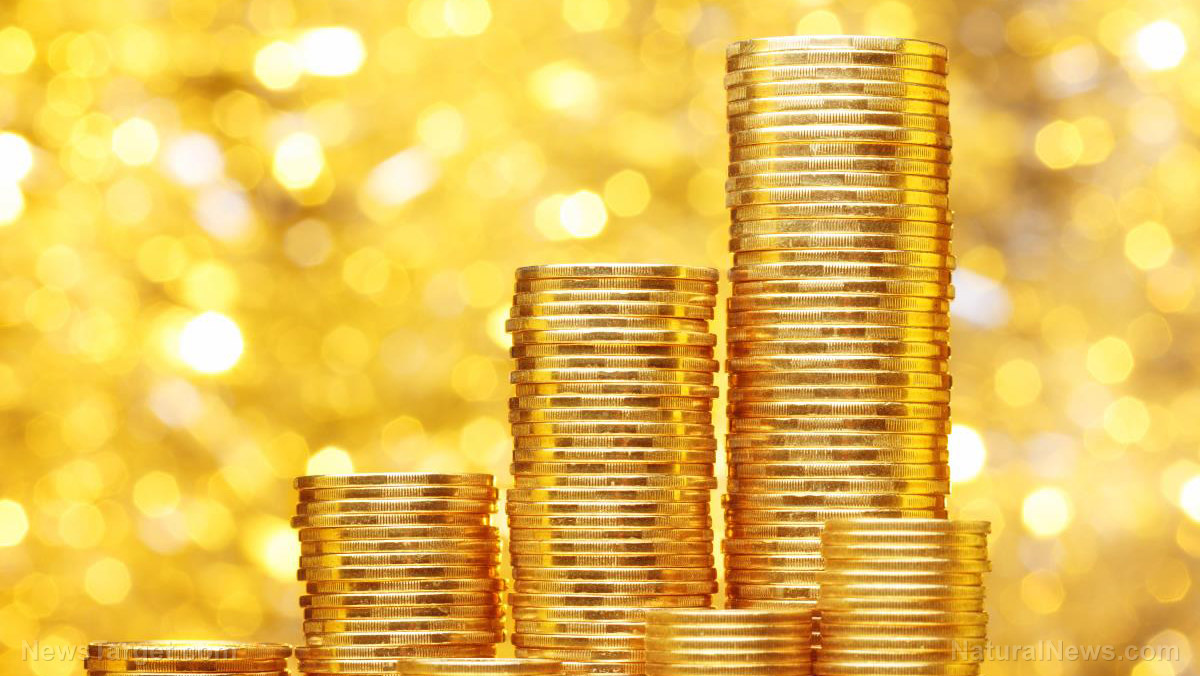
The World Gold Council (WGC) reports that demand for gold from central banks has surged to its highest rate in more than a decade in 2022, as central banks turn to gold as a haven asset during this period of heightened geopolitical tensions.
The WGC reported that annual demand for gold increased by 18 percent in 2022 to 4,740.7 metric tons (5,225.7 tons). In the last three months of the year alone, central bank purchases of gold hit 417 metric tons (460 tons), or roughly 12 times higher than the gold purchases made during the same quarter of 2021, taking the annual total purchases to more than double of the previous year at 1,136 metric tons (1,252 tons).
Analysts have noted that the move by many of the world’s largest central banks to purchase more and more gold is attributed to a desire to diversify their reserves away from the dollar after the United States unilaterally froze Russia’s dollar reserves as part of its sanctions for the special military operation in Ukraine. (Related: Global DE-DOLLARIZATION is on the way as world’s central banks buy gold at fastest pace in 55 years.)
The WGC data underlines a massive shift in the attitudes of central banks to trading gold since the 1990s and 2000s, when central banks, particularly those in Western Europe, stopped purchasing gold and began selling hundreds of tons per year.
Following the financial crisis of 2008 and 2009, many European banks stopped this trend of selling, but they didn’t do much to build back their reserves either. Instead, many emerging economies, such as China, Russia, Turkey and India, were the ones who started buying tons of gold per year.
“Since 2010, central banks have been net purchasers of gold following two decades of net sales,” noted Krishan Gopaul, a senior analyst at the WGC, who noted that the “colossal” central bank buying is a “huge positive for the gold market.”
“What we have seen recently in this environment is central banks have accelerated their purchases to a multi-decade high,” he said. Gopaul added that a lack of “counterparty risk” made metals a very attractive investment for central banks, compared with the currencies of foreign governments.
Turkey, China, Middle Eastern nations biggest buyers of 2022
The WGC’s data for the year was a combination of reported purchases and a substantial estimate for unreported buying, as many of the world’s central banks are averse to making public the entirety of their gold reserves.
Of the reported purchases, the Central Bank of Turkey bought the most gold as its government sought protection against the country’s uncontrollable inflation rate. Turkey’s reported gold reserves rose by 148 tons to 542 tons.
The People’s Bank of China also announced that it had resumed gold buying for the first time since 2019, adding 62 tons in November and December, lifting China’s total gold reserves to over 2,000 tons. This made China one of the largest accumulators of gold, having purchased nearly 1,500 tons between 2002 and 2019.
Nations in the Middle East also stepped up their purchases last year, with Egypt leading the pack, growing its gold reserves by 47 tons, followed by Qatar’s 35 tons of purchases and Iraq’s 34 tons. The United Arab Emirates bought 25 tons and Oman bought two.
In Central Asia, Uzbekistan, Kyrgyzstan and Tajikistan also grew their gold reserves by 34 tons, six tons and four tons, respectively.
India was also notable for having purchased 33 tons of gold in 2022, but this gold buying rate was 57 percent lower than the previous year. The WGC noted that upheavals in the foreign exchange market that impacted the strength of the country’s foreign currency reserves may have impacted its gold buying.
Out of the central banks of developed markets in the Western world, only Ireland seems to have announced making a significant gold purchase, adding three tons to its reserves in the first quarter of 2022.
Learn about the latest developments in the gold market at GoldReport.news.
Watch this episode of the “Health Ranger Report” as Mike Adams, the Health Ranger, interviews gold industry expert Chris Olson about how people may be overpaying for gold and silver by a lot.
This video is from the Health Ranger Report channel on Brighteon.com.
More related stories:
Gold price jumps to 8-month high, eventually settles above $1,900 level.
MORE METAL: China’s public gold holdings now over 2,000 tons after another huge purchase in December.
Central banks all over the world are buying gold at a furious pace.
Sources include:
Submit a correction >>
Tagged Under:
big government, Bubble, central banks, Collapse, currency crash, currency reset, De-dollarization, dollar demise, economic collapse, economics, economy, finance, gold, market crash, money supply, Precious Metals, risk
This article may contain statements that reflect the opinion of the author
RECENT NEWS & ARTICLES
COPYRIGHT © 2017 RISK NEWS

